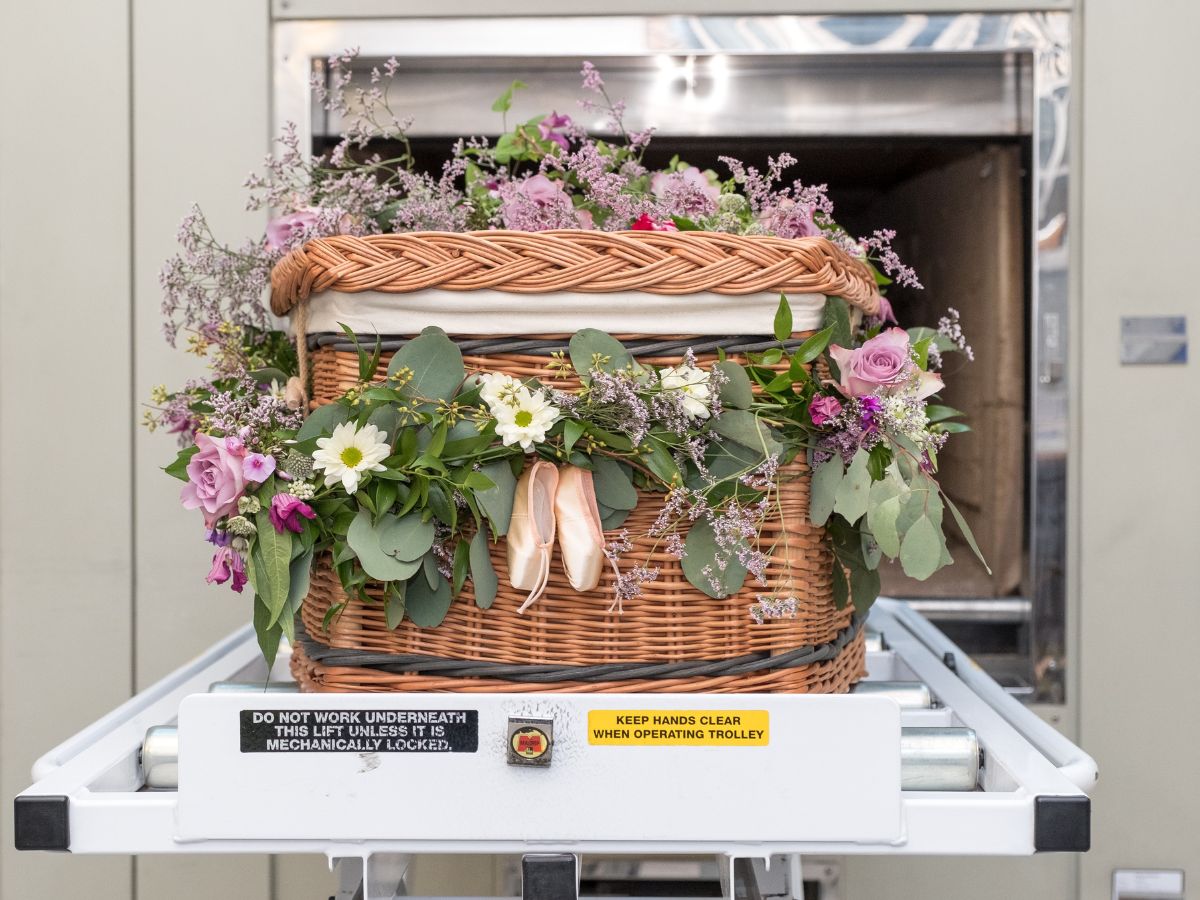The process of cremation can be completed within a lesser amount of time following the death of an individual. Many people also believe that it is much more efficient than traditional burials. The flame-based process in cremation usually takes between 2-3 hours and liquid cremation can take up to 16 hours. Of course, it depends on a variety of factors as well.
These factors are mainly the weight and size of the body and the type of container that holds it. Efficiency of the equipment that is in place for the process also matters a lot. Every crematory follows its own policies on the amount of time required to have the remains ready for the bereaved.
When compared with the traditional form of burial, cremation doesn’t require embalming. It doesn’t need large plots for burial as well. Here, we’ll take a look at the two types of cremation:
1. Direct cremation
Direct cremations eliminate the need for a funeral service and casket. They are, therefore, the cheapest form of cremation. In the process of direct cremation, the remains go to the cremation center directly without a funeral service.
There’s no visitation, viewing, or wake beforehand in a typical direct cremation. Mostly, the families opting for this type of cremation will schedule a memorial service at a later date. This will allow the family members and friends to pay their respects for the deceased.
2. Liquid cremation
This is a flameless process, which results in much more remains than a flame-based cremation. Liquid cremations use the process of alkaline hydrolysis. It involves the combination of water, heat, alkali, and pressure to cause a reaction that accelerates decomposition.
As a result, only a sterile liquid and bone fragments are left behind. A larger vessel may be required in this type of cremation. The process takes about three to sixteen hours to complete, depending on the equipment used and body mass. There’s no need to remove pacemakers and other medical devices.
This is the cremation process for the modern world. It reduces over 75% of the carbon footprint of a body. Green cremation also consumes far less amount of energy compared to the conventional flame-based process. This is why alkaline hydrolysis is considered a green alternative to burial. The resulting sterile solution can be recycled through wastewater treatment once drained of the remaining fragments of bone.
The individuals who are conscious of the environment are now choosing alkaline hydrolysis for cremation. As there’s no flame involved, this ‘green cremation’ prevents mercury emissions and reduces the use of fossil fuels.
Deciding on green cremation
One disadvantage of alkaline hydrolysis is that it still doesn’t have a nationwide approval. You, therefore, need to know whether your state permits the practice if you’ve decided to go for green cremation. Only about half of the American states have legalized this process.
The first step would be to get in touch with the funeral home to know about their policies and practices. Even if your state allows alkaline hydrolysis, your funeral home must have the right technology to perform it.




